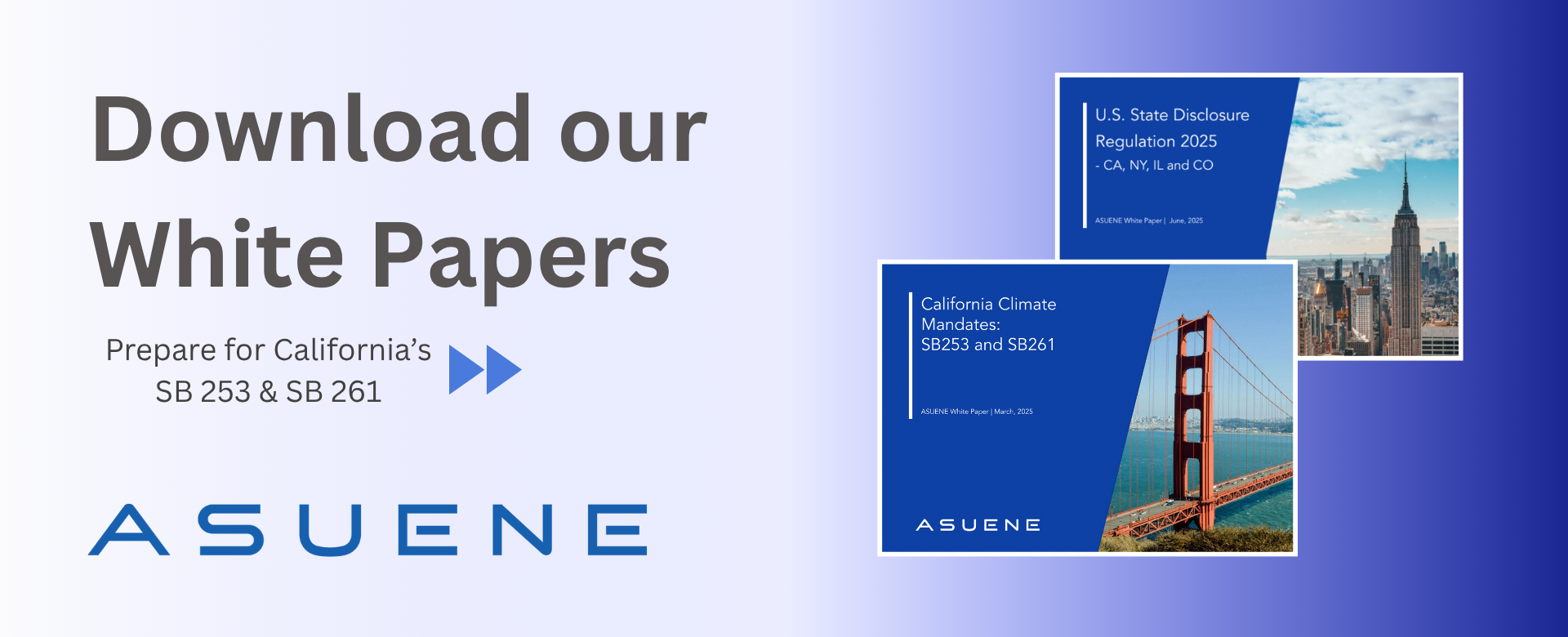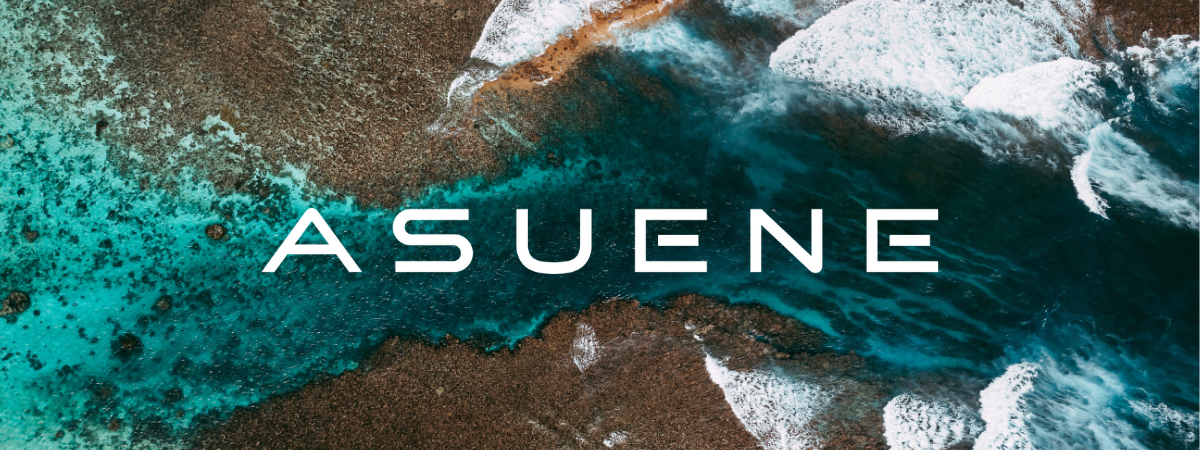- Article Summary
-
Introduction: SB 261 Is Paused, Not Stopped
California’s SB 261 has entered a temporary administrative pause following the Ninth Circuit’s recent order. This pause is not a cancellation or rejection of the law. It is a provisional measure that remains in place until the court holds oral arguments on January 9, 2026 and issues a ruling. During this period, SB 253 continues without interruption, and investor demand for climate risk transparency remains strong. Companies should view this moment as a countdown rather than a stop signal. Preparation now will help organizations stay resilient and ready for any regulatory direction once the court delivers its decision.
Current Legal Status and Timeline for SB 261
The legal pause affects only the timing of implementation, not the long term direction of the policy. This section focuses on what the injunction means for companies rather than restating the pause itself. The preliminary injunction creates temporary uncertainty around deadlines, which makes planning more important. The January 9, 2026 oral argument is the first major milestone that will offer clarity on the program’s trajectory. Depending on the court’s ruling, companies may see adjustments to timing, scope or reporting expectations.
The most important takeaway is that organizations may have limited time to respond once the court issues a decision. Companies should evaluate how quickly they can mobilize teams, validate data and finalize disclosures under different scenarios. Understanding internal readiness levels now will help reduce disruption once the regulatory timeline becomes clearer.

CARB Activity and What It Signals
CARB continues to move forward with its regulatory development even as litigation proceeds. This is an important signal. The agency remains in the proposal stage and is preparing to release additional guidance, FAQs and drafts that clarify expectations and reduce ambiguity for reporting companies. There is potential for a CARB docket opening on December 1. If opened, it will show CARB’s intention to advance the regulatory framework and invite public feedback. Some refinements in scope or content are possible depending on the court outcome, but a complete reversal is unlikely because SB 261 is statutory law that CARB must implement once the injunction is lifted.
What Companies Should Do Now: Practical Preparation Steps
The temporary pause should not cause firms to halt preparation. Many organizations are already preparing climate risk disclosures for global regulations such as CSRD and ISSB, and these efforts align well with the expectations under SB 261. Companies can maintain momentum by focusing on several practical next steps.
A preparation checklist includes:
- Refresh climate risk assessments and align them with current organizational risk priorities
- Review governance structures and ensure clear board and executive oversight
- Strengthen scenario analysis processes with updated data and assumptions
- Develop or refine draft climate risk disclosures in anticipation of future requirements
- Improve supply chain visibility to support risk identification
- Evaluate data governance systems and documentation practices
- Build internal controls that support completeness and accuracy of disclosures
- Form cross functional teams that can respond quickly once CARB releases final guidance
Using the pause to advance these areas reduces the risk of last minute compliance pressure and helps teams strengthen resilience.

Possible Regulatory Adjustments and Why Continuation Is Likely
While adjustments to SB 261 are possible, such as timeline changes or clarifications to required content, a full rollback remains unlikely. SB 261 is established through legislation and sits within a broader policy environment that favors advancing climate risk transparency. Investor pressure continues to intensify, and many companies are already building stronger risk reporting processes due to international standards. Firms that prepare during the pause will be positioned to adapt quickly regardless of the outcome of the January 9 hearing. This advantage will reduce compliance uncertainty and support stronger strategic planning.
Conclusion
The current pause on SB 261 should be seen as an opportunity rather than a retreat. Climate risk transparency continues to gain momentum at state, national and international levels. Organizations that use this time to fortify governance, strengthen data systems, refine scenario analysis and build internal capacity will be prepared for any direction the court takes. The countdown to January 9, 2026 is underway, and preparation today will support resilience and competitiveness when the regulatory landscape becomes clearer.
Download Our Whitepapers
For a deeper dive into compliance strategies and emerging disclosure trends, explore our whitepapers:
- California’s New Climate Disclosure Laws / 10 Pioneer Initiatives by U.S. Businesses, States and Cities
- TCFD Framework: Key Processes and Considerations at Each Stage
- U.S. State Disclosure Regulation 2025 – CA, NY and IL
These resources provide timelines, reporting strategies, and practical checklists to help your business stay ahead of California’s climate accountability rules and prepare for the next era of corporate disclosure.
Why Work with ASUENE Inc.?
ASUENE is a key player in carbon accounting, offering a comprehensive platform that measures, reduces, and reports emissions. ASUENE serves over 10,000 clients worldwide, providing an all-in-one solution that integrates GHG accounting, ESG supply chain management, a Carbon Credit exchange platform, and third-party verification.
ASUENE supports companies in achieving net-zero goals

